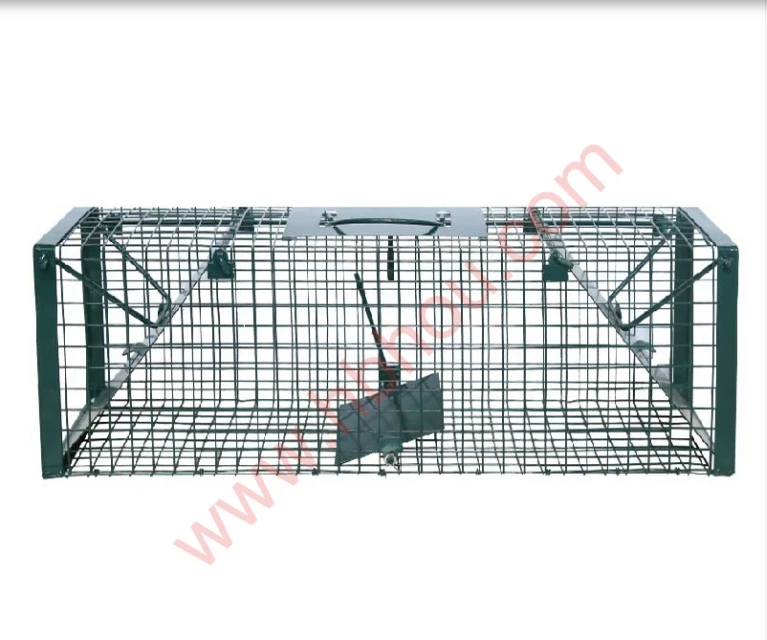The Boar Trap An Ingenious Tool for Wildlife Management
The boar trap has been a topic of interest for hunters, wildlife enthusiasts, and conservationists alike. As wild boars have proliferated in various parts of the world, effective management of their populations has become increasingly essential. The boar trap, with its unique design and functionality, plays a pivotal role in ensuring a balance between wildlife preservation and agricultural safety.
Understanding the Wild Boar Problem
Wild boars, known for their adaptability and tenacity, can thrive in diverse environments ranging from forests to wetlands and even urban areas. Their ability to reproduce quickly and consume a wide variety of food sources has led to exponential population growth in certain regions. This surge often results in significant agricultural damage, impacting crops and livestock. Moreover, wild boars can pose threats to native ecosystems by competing with indigenous species and spreading diseases.
The Design of a Boar Trap
Boar traps are engineered with precision to target wild boars while minimizing the risk of capturing non-target species. Typically, these traps come in two main designs corral traps and snare traps. Corral traps are large enclosures that entrap multiple boars at a time. They are often constructed from sturdy fencing materials and designed with an entry point that closes once the animals are inside. Snares, on the other hand, are simpler devices that use a looped wire to ensnare a boar's leg, allowing for easier handling during removal.
boar trap

A common feature in effective boar traps is bait placement; attractants such as corn or lingering scents draw the boars in. Some modern traps are equipped with remote cameras and monitoring systems, allowing trappers to assess the situation without disturbing the animals. The careful design minimizes stress on the captured boars, enhancing the chances of a successful relocation.
Implementation and Ethical Considerations
The use of boar traps requires not only skill but also adherence to ethical guidelines. Responsible trapping involves ensuring that the captured boars are handled humanely, with an emphasis on minimizing suffering. It is vital that trappers are well-versed in local laws regarding wildlife management and trapping to ensure compliance and respect for animal welfare. Moreover, education on the proper handling and relocation of boars can provide essential training for those involved in wildlife management.
Efficient trapping can contribute significantly to population control efforts. By selectively removing boars, not only can agricultural damage be mitigated, but the overall health of the ecosystem can be restored. Conservationists emphasize that responsible management should go hand in hand with efforts to educate the public about the ecological roles of various wildlife species, including the boar.
Conclusion
In conclusion, the boar trap stands as an invaluable tool in the management of wild boar populations. Its thoughtful design and operational methods serve to address environmental challenges while emphasizing ethical treatment of wildlife. As discussions surrounding biodiversity, agriculture, and wildlife management continue to evolve, the boar trap will undoubtedly remain a critical component in the quest for sustainable solutions. By embracing responsible trapping practices, we can strike a balance between maintaining healthy ecosystems and safeguarding agricultural interests, ensuring a harmonious coexistence between humans and wildlife.
















